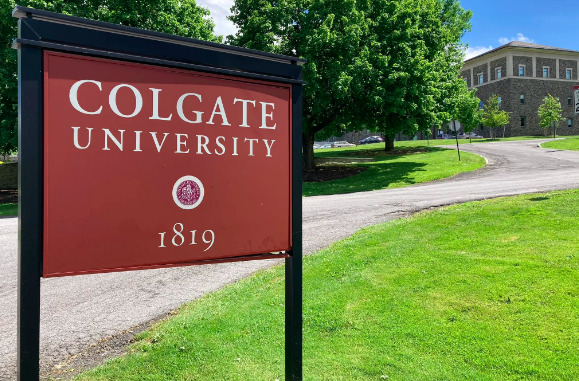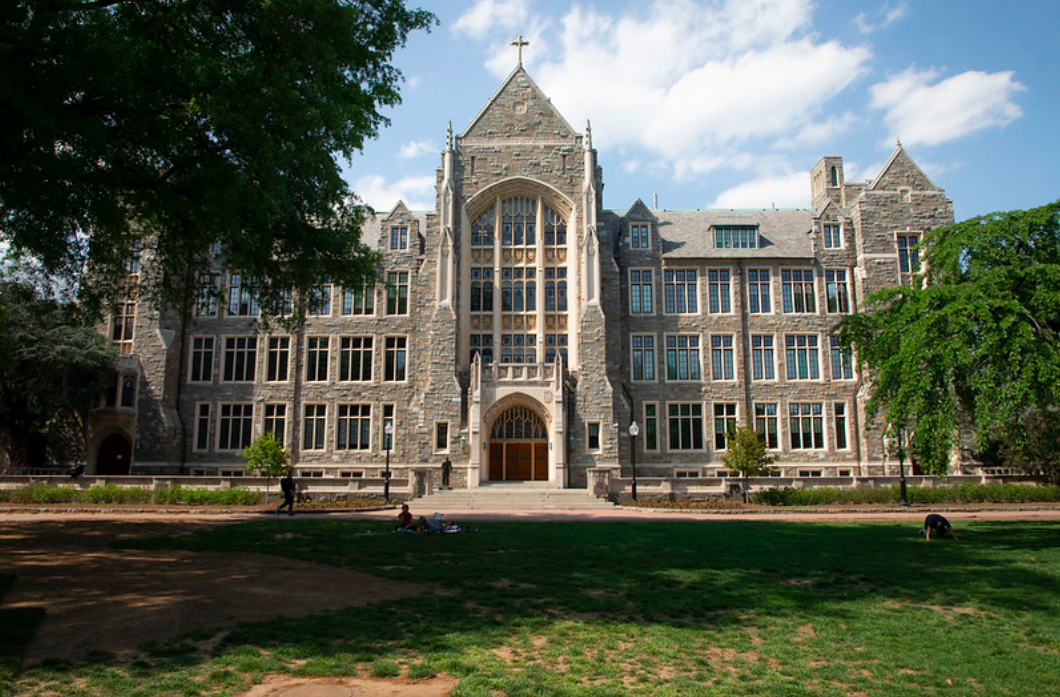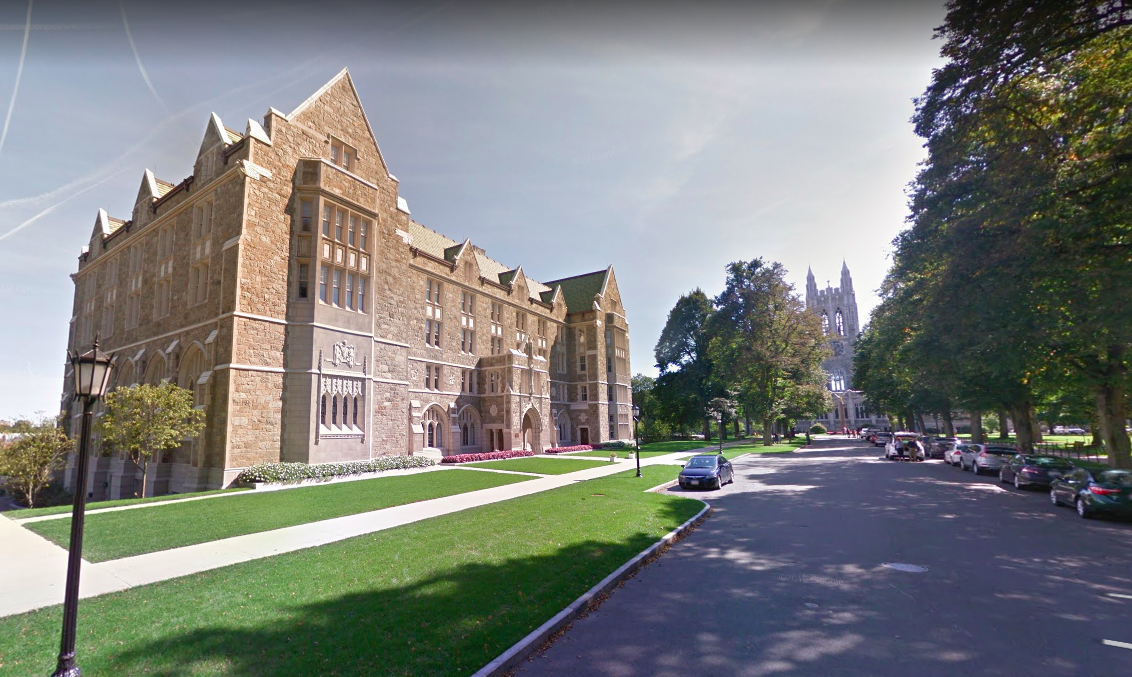
Colgate University’s Class of 2025 is going to look a bit different than its Class of 2024 thanks in no small part to Colgate’s decision to go test-optional. Colgate is happy to brag that total applications for the incoming fall class shattered all previous records: 17,537 (a 104% increase over last admissions cycle) students applied and thirty percent of these students identified as “domestic multicultural” otherwise known as applicants from inside the U.S. who didn’t check “white” on the Demographics page of the Common App.
Here are some more “highlights” from Colgate’s 2020-2021 admissions cycle (as of 3/25/21, thus action taken on waitlisters in the weeks since late March won’t get counted below):
Applicants
17,537 total applications
30% identify as domestic students of color
41% included test scores
Admitted Students
3,011 admitted (17% acceptance rate)
60% of the class was admitted EDI or EDII
3.88 is the average GPA
60% included test scores
32% identify as domestic students of color
50 states + D.C. and 53 countries (citizenship) represented
Thus, Colgate remains a heavy user of ED to lock in super fans. The more things change, the more they stay the same.

 Calls for improving the way students apply for financial aid have been flooding the college admissions world, thanks to two articles by college admissions writer/guru Eric Hoover. The first article goes into painful detail of the painful process (yes, it deserves two painfuls) many students experience
Calls for improving the way students apply for financial aid have been flooding the college admissions world, thanks to two articles by college admissions writer/guru Eric Hoover. The first article goes into painful detail of the painful process (yes, it deserves two painfuls) many students experience 
 Ohio State University has announced that it will be moving its traditional November 15 Early Action Deadline to November 1 starting in Fall 2021.
Ohio State University has announced that it will be moving its traditional November 15 Early Action Deadline to November 1 starting in Fall 2021.


 Georgetown University has released its school-by-school acceptance rates for students applying during the 2019-2020 admissions cycle for the D.C. university’s Class of 2024.
Georgetown University has released its school-by-school acceptance rates for students applying during the 2019-2020 admissions cycle for the D.C. university’s Class of 2024.


 Boston College will notify Regular Decision applicants of their admissions decisions via email on Thursday evening, March 19, 2020. Admitted students in the United States will be mailed acceptance packets in the days that follow. Admitted students with permanent addresses overseas, and those not earning admission, will receive email notifications only.
Boston College will notify Regular Decision applicants of their admissions decisions via email on Thursday evening, March 19, 2020. Admitted students in the United States will be mailed acceptance packets in the days that follow. Admitted students with permanent addresses overseas, and those not earning admission, will receive email notifications only.